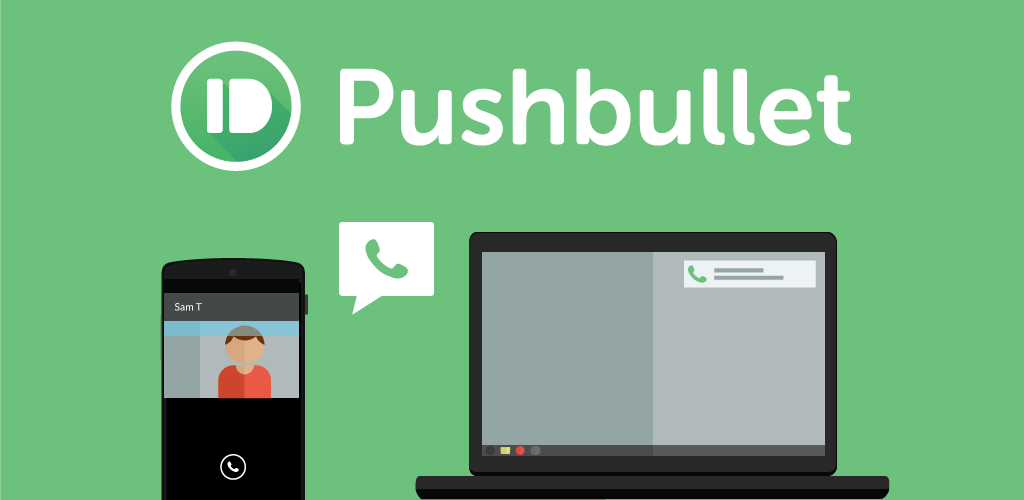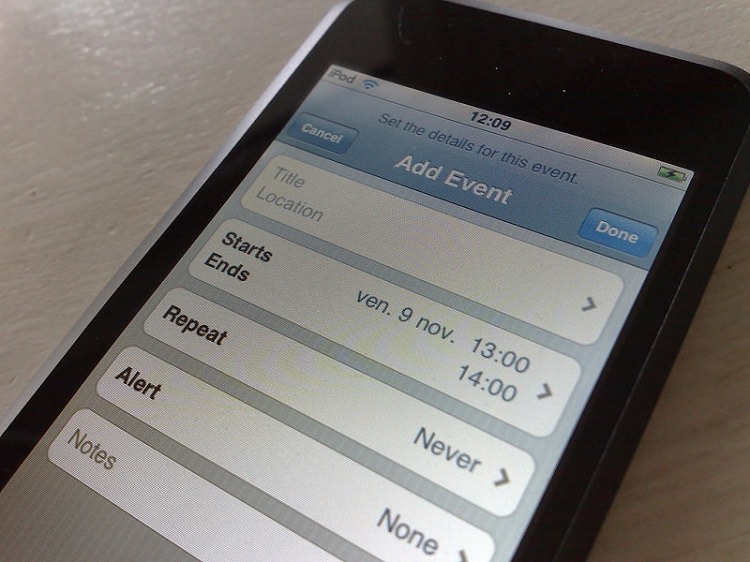With the government’s new metadata scheme coming into effect, TV and movie studios forcing ISPs to provide customer information for lists of IP addresses, and content being locked down by region, you may have heard more talk about VPNs lately. But what are they, what do they do, and why do we need them? Here’s a quick and simple explanation.
What is a VPN?
VPN stands for Virtual Private Network. It’s a private network, and users logged into a VPN can send data securely over the internet between computers that are connected to the VPN. These encrypted communications are useful when on a public network (such as public wi-fi) where any information being accessed or sent could easily be ‘overheard’.
VPNs are also used by many corporations to allow access to network data even when employees aren’t in the office, but for the purposes of this article, we’ll be talking about the former use.
Okay, but why should I care?
Think about all the sensitive data you access online. Emails. Online banking. Cloud storage, such as Dropbox or OneDrive. VPNs ensure all the data going to and from your computer is encrypted, which is especially important if you’re using public or shared wi-fi.
In addition, VPNs hide your actual IP address. It’s possible to track a person’s general location (down to a city level) from their IP address, as well as find out who their internet provider is. And your internet provider will know who is using which IP address at any given time. If you’ve heard of family or friends who received a warning letter from their internet provider after downloading a TV show or movie (which we at Leaders in Heels don’t endorse, of course!), this is how they were tracked down.
Same with region-locked content – the sites use your IP to determine where you are and whether you can stream a particular TV show or subscribe to a streaming service (eg. Hulu, BBC, HBO Go, etc.). A VPN gives you a different IP address, and makes you look as though you’re coming from America, or the UK, or whatever country they have their servers on. By using a VPN, you can look as though you’re coming from a different country and access locked content.
How does a VPN change my IP address?
Once you’ve signed up with a VPN provider, and have their software installed on your PC, you can connect to the VPN. On a very basic level, what happens is that all your outgoing data (eg. sending a request to a website) is encrypted and directed to the VPN server you’ve connected to. This means that all anyone can see of your activity is that you accessed a server in another country. It’s perfectly legal – you connect to a server every time you access a website!
Your request is then forwarded by the server to the website. To the website, the request looks like it’s coming from the country that the server sits in, as the IP address is now different. So anyone looking to locate you by IP address will simply find themselves looking at the location of the server, and not you. Any data the website sends back to your computer also goes through the server, so you’re never communicating directly with them.
Think of it as being a go-between for communicating with a stranger.
But won’t the VPN company see all my data?
First of all, your data is encrypted, so they can’t simply pluck your data from their servers. And good VPN companies will advertise the fact that they don’t keep logs. Your data passes through their servers to be forwarded, but nothing is logged. There’s no way to link your actual IP with the one they use to send on to the websites. So even if the government were to come to the company and demand to see information on all the people using their servers, there would be no information to give them!
Is there any way I can be tracked even when using a VPN?
In the end, nothing is 100% foolproof. But if you pick a VPN provider carefully, then no, you shouldn’t be traceable. There is, however, one thing to note: a recent security issue came to light where your actual IP address can still be leaked through a protocol called WebRTC. There are browser extensions that can block this from happening, though they may affect video calls, among other things.
But you can always check if your actual IP address is visible through sites such as IPLeak. Even without a VPN, if you click the link, you can see just how much information can be found on your location just with an IP address!
Anything else I should look out for?
As mentioned above, ensure that the VPN provider you go with doesn’t keep logs. There’s no point in routing your data through another server if all the information on who you actually and and where you’re going is being recorded anyway. You may also want to check how many devices you can connect to the VPN at one time. Each computer in your household counts as one device, as do your smartphones and tablets.
You should also check the locations where the provider has servers. These will be the locations where you can appear to come from. For example, if you did want to use a VPN to access region-locked content, make sure the provider has servers in the locations whose content you want to access!
Sounding good. Where do I start?
There are a number of reputable VPN providers around. Private Internet Access, TorGuard, IpVanish, VyprVPN, just to name a few. Do your research, look into what they offer and the price, and decide what works best for you.
Good luck!
Do you currently use a VPN, or do you have any other questions? Let us know in the comments!



 Originally from Melbourne, Veronica has now found her home in Sydney and a place where all of her passions can thrive – LinkedIn. Veronica works with small to medium businesses to position them as an employer of choice on the LinkedIn network and educates business leaders how to network most effectively in the digital space.
Originally from Melbourne, Veronica has now found her home in Sydney and a place where all of her passions can thrive – LinkedIn. Veronica works with small to medium businesses to position them as an employer of choice on the LinkedIn network and educates business leaders how to network most effectively in the digital space.


